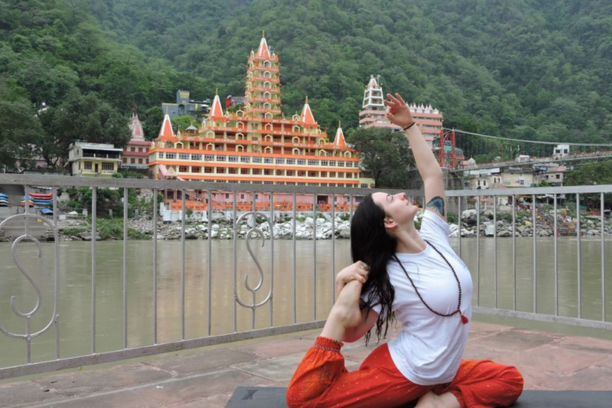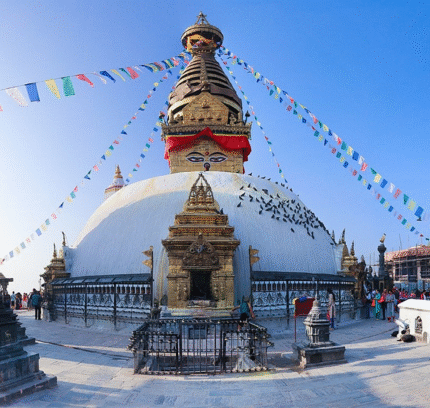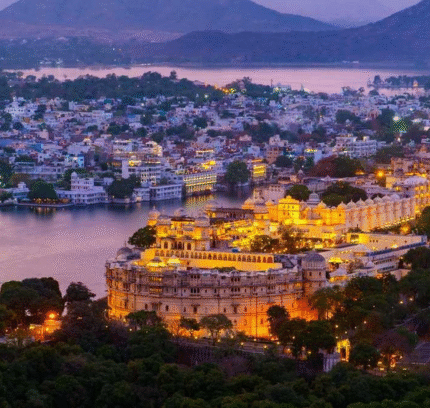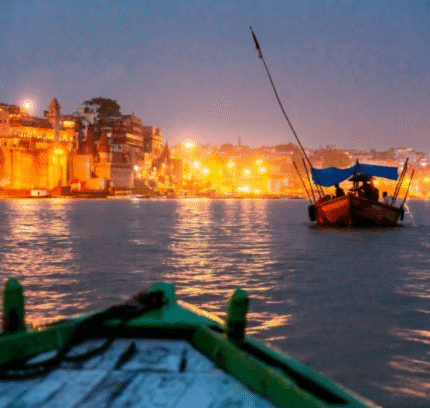GOLDEN TRINGLE WITH YOGA & MEDITATION
With Aurovalley Ashram, Rishikesh
(12 Nights / 13 Days)
Private Journey – From Imperial Palaces to Inner Silence
Palaces echo with footsteps of kings. Ashrams breathe peace by Himalayan winds.
This soul-nourishing journey weaves India’s regal grandeur with sacred stillness. Begin in Delhi’s maze of sultans and empires, then trace the golden arc to Jaipur’s pink-hued forts and Agra’s marble dreams.
From here, the outer voyage folds inward—into the river-washed silence of Rishikesh, where the Ganges chants mantras and the mountains hold space for transformation. At Aurovalley Ashram, your mornings begin with meditation, days with yoga, and nights with timeless teachings.
This is not just a tour—it is an alignment. Between movement and stillness. Between history and soul.
DEPARTURE/RETURN LOCATION:
Indira Gandhi International Airport, Delhi
DEPARTURE TIME:
Please arrive at least 3 hours before your flight.
INCLUDED
✦ 12 nights accommodation (hotels + ashram stay)
✦ Daily breakfast; full board at ashram
✦ Yoga, meditation & satsang at Aurovalley Ashram
✦ Private guided tours of Delhi, Jaipur, Agra, Rishikesh
✦ Visit to Taj Mahal, Amber Fort, Chand Baori, Red Fort
✦ All ground transport with private driver
✦ All monument entry fees (as per itinerary)
✦ Rickshaw ride in Old Delhi & Jaipur local market
✦ Evening Ganga Aarti ceremony at Rishikesh
NOT INCLUDED
✘ International flights
✘ Personal expenses, tips, or extra meals outside ashram
✘ Camera fees, optional attractions











Reviews
There are no reviews yet.